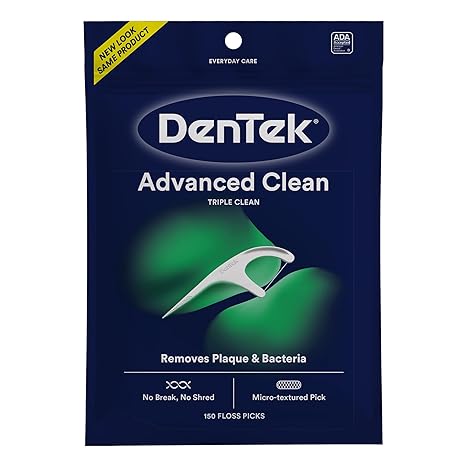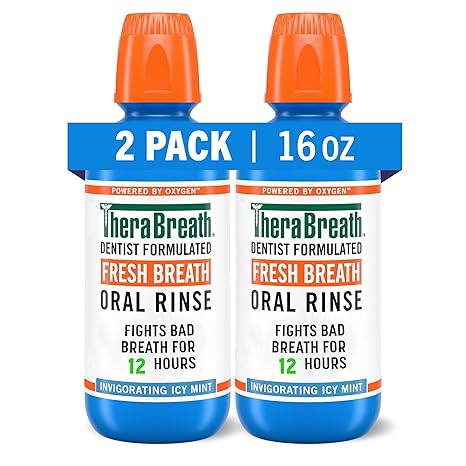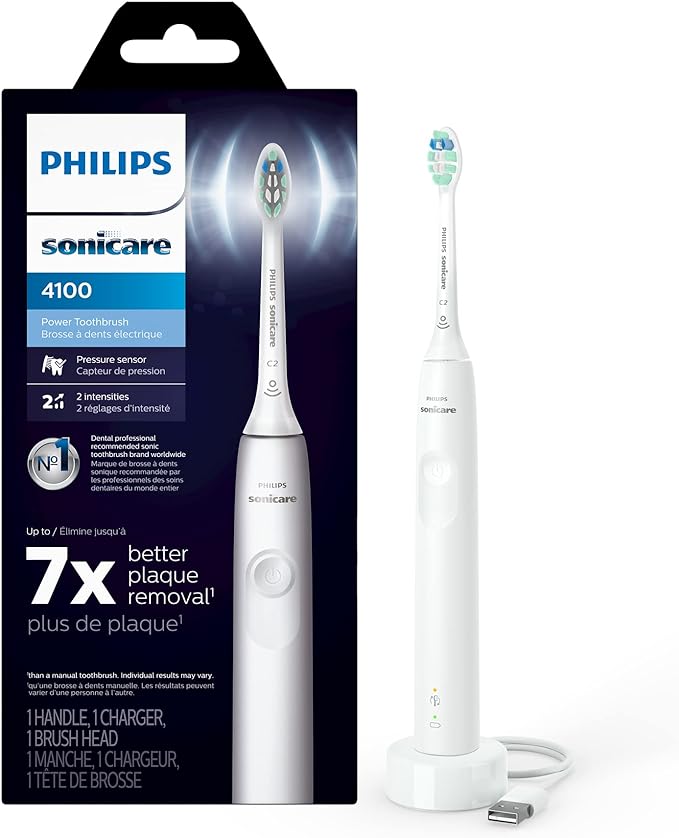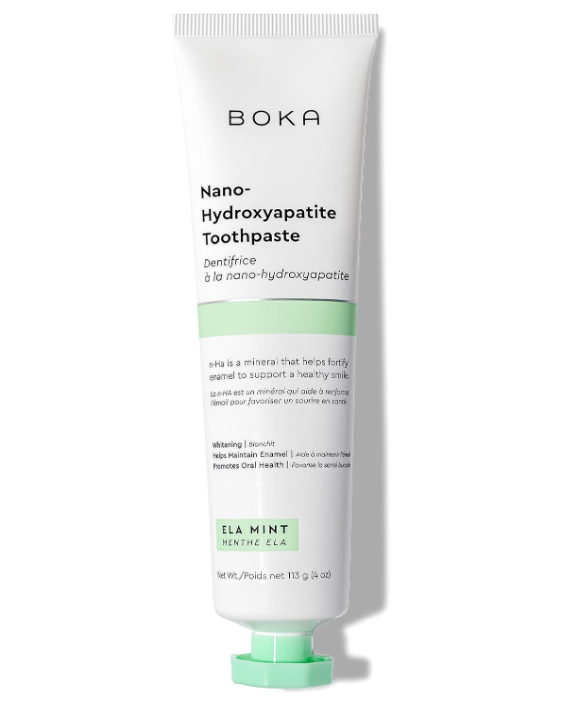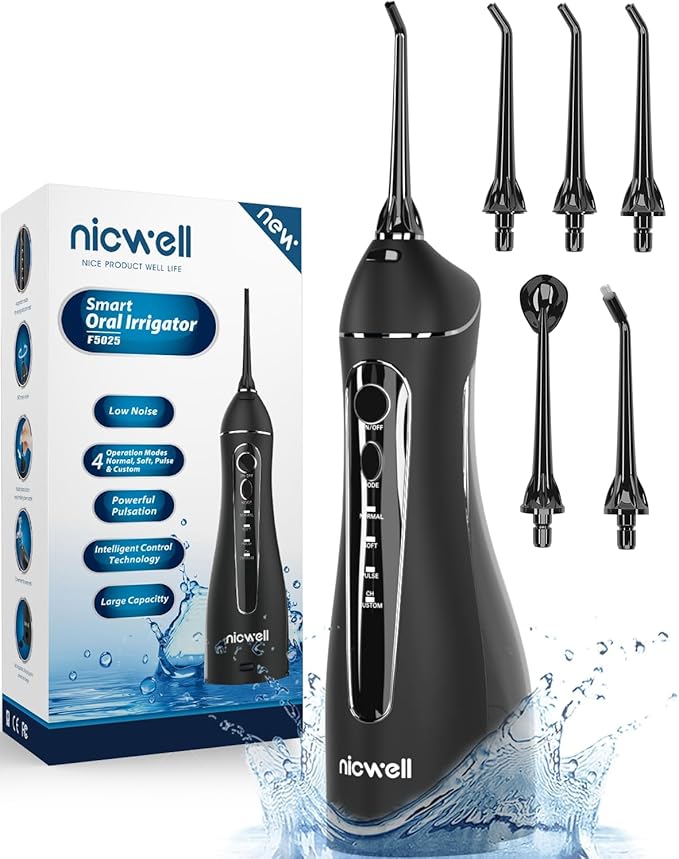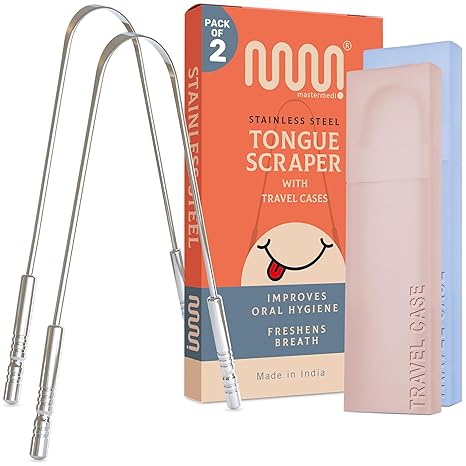The Importance of Oral Health
Oral Health and Systemic Diseases
Psychological and Social Implications
Key Elements of Oral Care
-
-
Electric vs. Manual Toothbrush: Electric toothbrushes are designed to provide consistent brushing with optimal pressure, reducing the risk of over-brushing, which can damage enamel. They are particularly effective for plaque removal and can be easier for children and seniors to use. However, manual toothbrushes are more accessible and affordable, making them a viable option when used correctly.
-
Choosing the Right Toothpaste: For sensitive teeth, look for toothpaste containing potassium nitrate or stannous fluoride. These ingredients help desensitize teeth and protect against cavities. Nano hydroxyapatite toothpaste is another excellent option as it can help in remineralizing enamel and reducing sensitivity.
-
-
-
Benefits of Flossing: Regular flossing can reduce gingivitis and the risk of cavities. It also helps prevent tartar build-up, which can lead to periodontal disease if not managed properly.
-
Correct Flossing Technique: Use about 18 inches of floss, winding most around each middle finger. Hold the floss tightly between your thumbs and forefingers, gently sliding it between the teeth. Avoid snapping the floss into the gums, which can cause injury.
-
-
Types of Mouthwash: Antibacterial mouthwashes help reduce plaque and control gingivitis, while fluoride mouthwashes strengthen teeth and help prevent cavities. Choose based on your specific oral health needs.
-
-
Does Tongue Scraping Fix White Tongue?: While not a cure-all, tongue scraping can significantly reduce the bacteria and debris on the tongue's surface that contribute to a white appearance. Regular cleaning can improve the tongue's appearance and aid in maintaining overall oral hygiene.
-
-
-
Benefits of Oral Probiotics: Probiotics introduce beneficial bacteria to the mouth, which can outcompete harmful bacteria, leading to improved gum health and reduced instances of bad breath.
-
-
-
Effective Water Flosser Use: Start with the back teeth and work your way forward. Water flossers are excellent for reaching hard-to-clean areas and are gentle on gums.
-
How to Brush Effectively
Proper brushing technique is essential for maximizing the benefits of your oral care routine:
-
Use a pea-sized amount of toothpaste: This is sufficient to clean the teeth effectively without wastage.
-
Hold your toothbrush at a 45-degree angle to the gums: This angle helps clean under the gumline, where plaque tends to build up.
-
Gently brush in circular motions: Avoid aggressive back-and-forth motions which can damage the enamel and gums.
-
Brush for at least two minutes: Divide your mouth into quadrants and spend 30 seconds on each to ensure thorough cleaning.
-
Don't forget the inside surfaces of the teeth and the tongue: These areas are often neglected but are crucial for preventing plaque build-up and bad breath.
Proper Flossing Technique
Effective flossing involves more than just moving the floss between your teeth:
-
Use about 18 inches of floss: This gives you enough clean floss to use for each tooth.
-
Wind most of the floss around each middle finger: This gives you control and easy maneuverability.
-
Hold the floss tightly between your thumbs and forefingers: This grip allows precision and prevents the floss from slipping.
-
Slide it gently between the teeth: Avoid forcing the floss, which can injure the gums.
-
Curve it around each tooth in a C-shape: This ensures the floss reaches below the gumline, cleaning effectively.
Tongue Cleaning
The tongue is often overlooked in oral care, yet it's a hotbed for bacteria:
-
Use a tongue scraper or the back of your toothbrush: Either tool can effectively remove bacteria and debris.
-
Start at the back of the tongue and gently scrape forward. This motion helps dislodge particles without gagging.
-
Rinse the scraper or toothbrush after each pass: This prevents re-depositing bacteria back onto the tongue.
Oral Care Frequency
References
-
American Dental Association:https://www.ada.org/en
- WebMD Oral Health Center:https://www.webmd.com/oral-health/default.htm
This article was written on November 19, 2024. All deals are accurate at the time of writing. Please check the retailer's website for the latest information.

